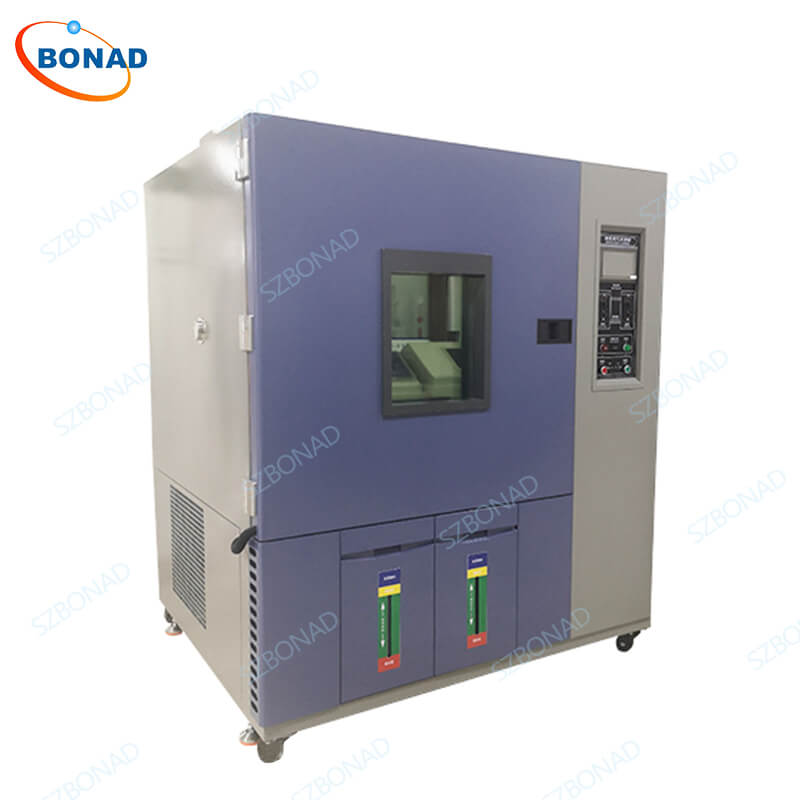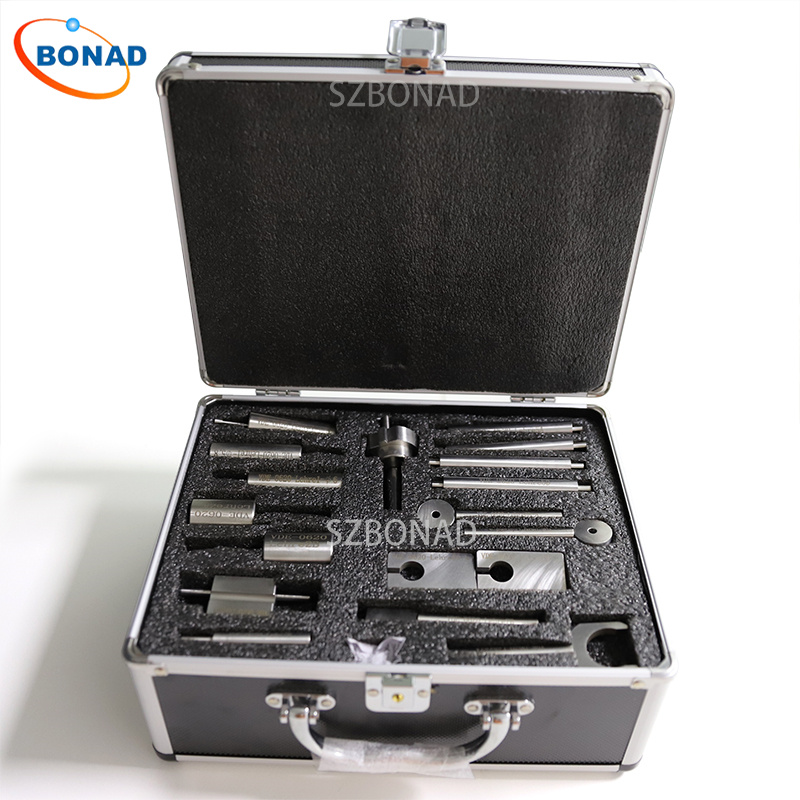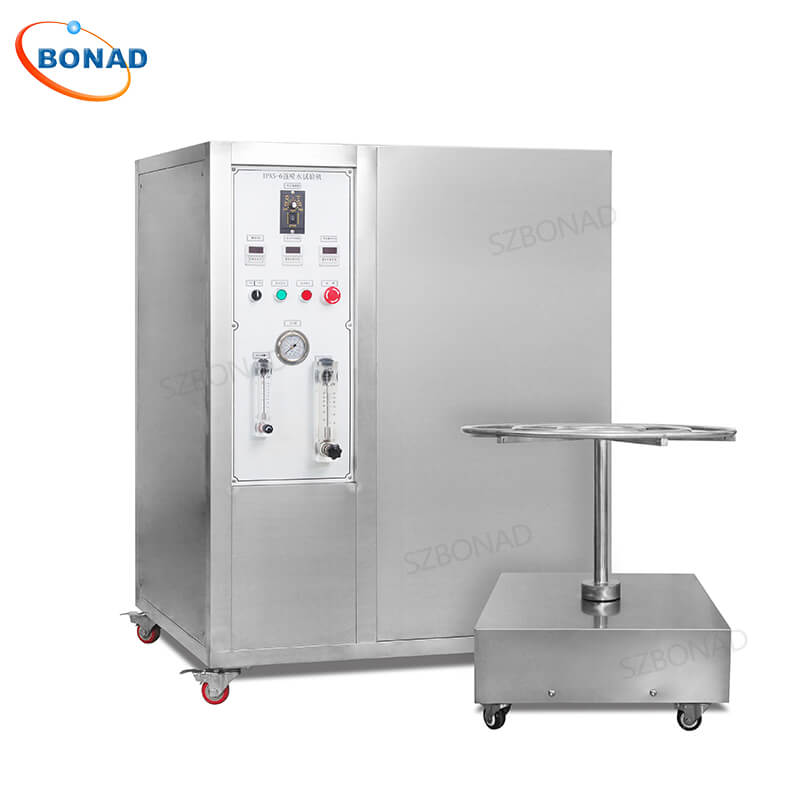The ozone aging test chamber is essential in industries like rubber, plastics, and electrical cables. It simulates how products age in ozone-rich environments, helping assess their ozone resistance. Selecting the right chamber is critical to product quality and performance.
This guide explains how to choose the best ozone aging test chamber for your needs.
Clarify Your Testing Requirements
Before selecting a chamber, define your testing needs. Consider:
- Material types (rubber, plastic, etc.)
- Test conditions (temperature, humidity, ozone concentration)
- Test duration
Knowing these ensures you pick a chamber that meets your standards.
Understand Equipment Performance
Evaluate the chamber’s technical performance, including:
- Temperature control accuracy
- Ozone concentration stability
- Humidity control precision
Check technical specifications, read user reviews, and inspect equipment when possible. Reliability and lifespan are also key factors.
Consider the Total Cost
Cost isn’t just the purchase price. Consider:
- Initial investment
- Operating costs
- Maintenance expenses
Choose a chamber that offers good value and fits your long-term budget.
How to Use an Ozone Aging Test Chamber
Pre-Test Preparation
Inspect the chamber for damage, ensure all parts are connected, and check electrical safety. Pay special attention to the ozone generator and control systems.
Sample Selection
Choose samples that represent your products. They should be clean, free of contaminants, and placed to allow even ozone exposure.
Set Test Parameters
Configure ozone concentration, temperature, humidity, and test time according to standards. Typical settings include:
- Ozone concentration: 10pphm–500pphm
- Temperature: room temp to 60°C
- Humidity: 30%–80%
Start the Test
Place samples correctly, close the chamber, and start the test. Monitor parameters throughout to ensure consistency.
Monitor Samples
Regularly check samples for changes like discoloration or cracking. Test physical properties such as tensile strength and hardness to track aging effects.
Post-Test Steps
After testing, turn off the ozone generator, remove samples, and analyze results. Clean and maintain the chamber for future use.
Key Functions of Ozone Aging Test Chambers
Evaluate Material Weather Resistance
Simulate ozone and UV exposure to test how materials withstand environmental factors. This helps predict real-world durability.
Validate Product Quality & Reliability
Test products under various conditions to uncover potential flaws before market release. Improve designs based on data.
Enhance Product Competitiveness
Boost product quality and lifespan through rigorous testing. Gain a market edge with more reliable products.
Reduce Product Risk
Identify aging-related issues early. Prevent quality failures and protect brand reputation.
BONAD offers professional ozone test chambers and custom environmental simulation equipment tailored to your testing requirements.



